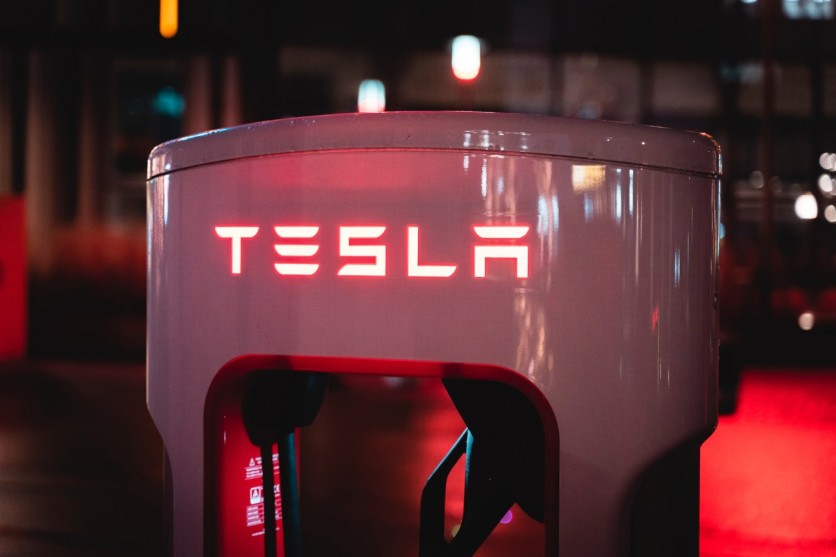Tesla's Cybertruck, known for its bold design and cutting-edge features, is making waves once again. Beyond its striking appearance, one of its less apparent but revolutionary features is its 48-Volt (48V) electrical system.
Breaking away from the conventional 12V systems, the American automaker has shared its 48V implementation documentation, extending the olive branch to major automakers, including competitors like Ford.
Significance of 48V Architecture

Understanding the shift to 48V is crucial, not for a specific feature it offers, but for the transformative impact it promises in how automakers wire, accessorize, and engineer their vehicles. The historical transition from 6V to 12V systems in the 1950s streamlined the industry, but the limitations of the 12V architecture have become increasingly evident.
The complexity of delivering sufficient power to the growing array of electrical components in modern vehicles led to intricate wiring layouts. With the 48V architecture, each wire can supply more power, reducing the need for convoluted wiring harnesses.
This shift also holds the potential to enhance overall electrical efficiency, a significant factor for electric vehicles (EVs).
Related Article : Automakers in Europe Lag in Securing Key Battery Metals for EVs, with Tesla Leading in Supply Chain Race
Roadblocks For 48V Transition
Despite the advantages, transitioning to 48V poses challenges within the vehicle supplier ecosystem, according to Electrek.
They weren't joking. We received the document today, dated Dec. 5th. Thanks, @ElonMusk. Great for the industry! https://t.co/DkLaHA84CY
— Jim Farley (@jimfarley98) December 7, 2023
The industry reluctance stems from the need for 48V-ready accessories, creating a chicken-and-egg scenario. While Tesla's move is a significant leap, many automakers, comfortable with the 12V standard, are hesitant to undertake such a transformation without a substantial demand for 48V components.
Tesla's Strategic Sharing Move
Tesla's decision to share its 48V architecture isn't merely altruistic; it's a strategic move. Recognizing the complexities legacy OEMs face in adopting 48V, Tesla's publication serves as a gesture that says, "Here's how we did it-something you deem complex. Feel free to replicate." However, Tesla understands the intricate challenges involved, from establishing a 48V accessory supply chain to the substantial engineering work required.
Potential Benefits for Tesla
While aiding the industry in transitioning, Tesla stands to gain from a widespread shift to 48V systems. A more extensive 48V component supply chain could lead to reduced costs over time, benefiting Tesla through increased volume, competitive engineering, and enhanced reliability. Additionally, a collective industry focus on 48V systems may foster a shared pool of knowledge among engineers, contributing to innovation and understanding.
Tesla's move to share its 48V architecture sets the stage for a potential industry transformation. Whether competitors can swiftly adapt to this new standard remains uncertain, but Tesla's bold step could reshape the future of vehicle electrification and engineering.
If Tesla is waiting to create a legacy that even other carmakers can remember, this could be the big break that is waiting on the other line.

ⓒ 2025 TECHTIMES.com All rights reserved. Do not reproduce without permission.




